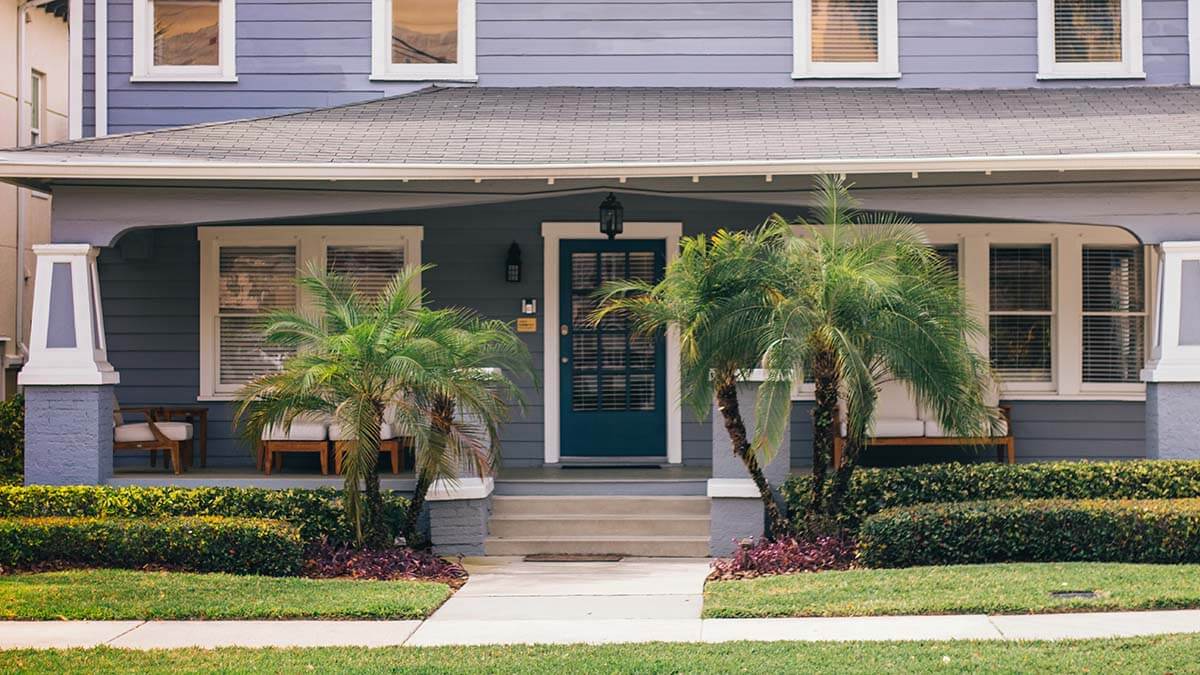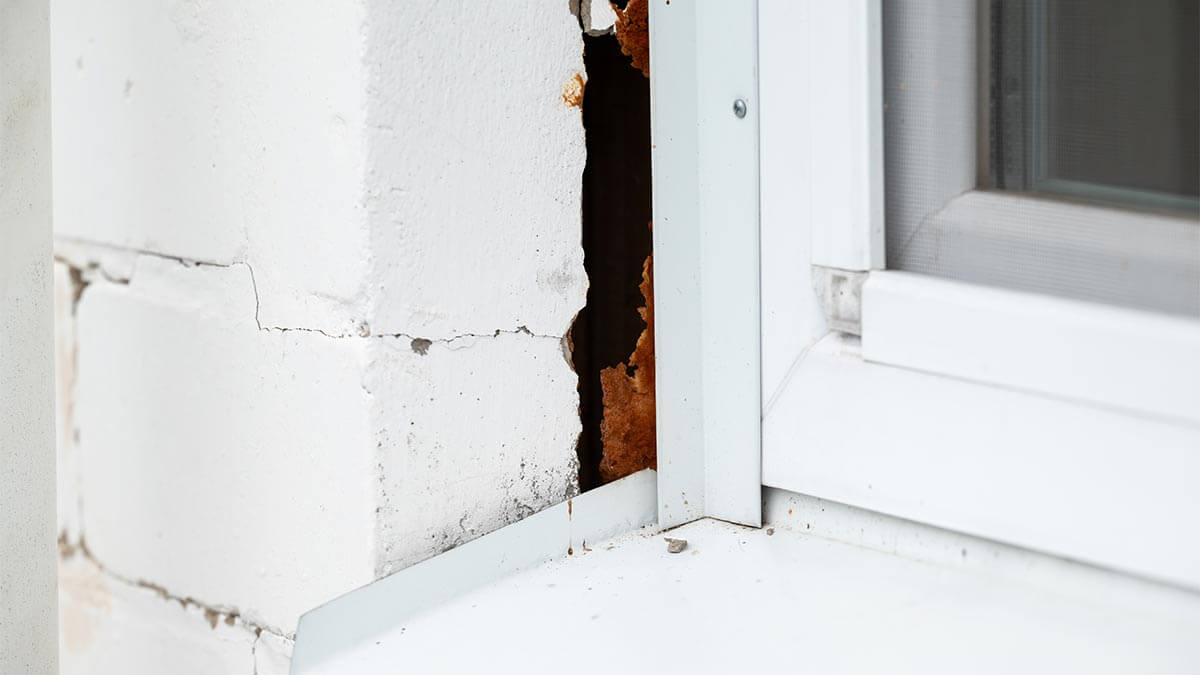According to World Population Review, the population in Austin, Texas as of 2023 is 1,013,293. Aside from constant sunshine and a vibrant music and art scene, the Austin housing market makes the city attractive to prospective buyers, including international ones.
Austin’s employment growth makes it an ideal location for newcomers in search of the American dream. According to a report from the National Association of Realtors, 40% of US home sales traditionally take place between May and August.
Warm weather makes this an ideal time for prospective home buyers to search for property. This is also an excellent time to shop for homes so families can be settled in a house before a new school year begins.
In the middle of 2020, Austin’s housing market shattered records. Prices soared and bidding wars erupted. Incredibly low interest rates had prospective home buyers racing to purchase a home, often virtually or sight unseen.
However, 2023 is providing Austin’s real estate market with a bit of a break. There’s more supply for home buyers to choose from, reducing the number of bidding wars and making home ownership much more attainable. Rising interest rates have worked to slow the market down, but inventory remains strong, as does Austin’s housing market.
This article takes a comprehensive look at the Austin housing market, comparing text from four different reports. This information is essential when buying a house, selling a house, or investing in any type of real estate transaction in Austin.
Keep reading to learn more about the Austin housing market and what this means for buyers and sellers in 2023.
A positive in Austin’s housing market heading into 2023
Austin’s housing market has placed a strain on residents throughout 2022, according to a report by Tahera Rahman. Homeowners have been forced to move to more affordable areas, looking for ways to find down payments on a new property.
Not every homeowner can afford a $500,000 home, making Austin’s housing market unattainable for many people dreaming of owning a house. High interest rates have also made it challenging for prospective homeowners.
Instant Valuation, Confidential Deals with a Certified iBuyer.com Specialist.
Sell Smart, Sell Fast, Get Sold. No Obligations.
Some residents have had success with purchasing Habitat for Humanity homes. However, there were only 11 of these houses built in Austin when this report was compiled.
Austin’s affordable housing program features a 116-person waitlist when Austin’s city council was lacking in its goals for affordable housing.
As Austin falls short of affordable housing for its residents, some homeowners were forced to refinance for lower rates before price interest rates increased.
The impact on buyer stock
The Austin Board of Realtors comments on high mortgage rates. Its incoming president, Ashley Jackson, said that a good amount of prospective buyers paused their home-buying search due to these high mortgage rates.
However, there is a silver lining. These high interest rates allowed the housing inventory to steadily increase. The Austin housing market reached 3.1 months of stock in November 2022.
According to ABoR, compared to November 2021, this number has quadrupled.
The last report provided by the agency showed that November was the first month since the spring of 2020 when there were no record-breaking home sales. There were also no record-breaking median home prices.
Jackson explained that seeing three months of inventory is very infrequent and uncommon. She explained that the inventory available made Austin a buyer’s market.
However, the current interest rates are preventing many prospective homebuyers from purchasing real estate.
Permit applications and housing starts have also declined since builders face elevated construction costs. Many builders have also eased back due to an influx of inventory.
However, Jackson expects that demand will track with the current interest rates and that an eventual increase in demand might be on the horizon.
Austin housing in 2023
But how does this affect housing in 2023?
Jackson explained that 3.1 months of inventory gives the real estate market some space, but not enough to relax. She understands that there is an ongoing issue that needs to be addressed.
Jackson continued to explain that City Hall’s new administration -including a new mayor- has the potential to expedite the construction of new homes throughout 2023. One way of doing so would be by lowering development fees, creating a variety of housing, along with changing zones.
If zoning laws allow for additional housing, including a variety of housing throughout the city and at various price points, then more people will be assisted. Jackson acknowledged that all ends of the market needed to be addressed.
Failure to do so could result in people in the upper end of the market shopping at the lower end of the market. This would mean lower-end shoppers being knocked out of the competition.
However, Jackson is pleased by voters passing Austin’s latest affordable housing bond. This is the largest bond the city has ever seen. The bond is for $350 million and is a game changer for Austin.
This bond is to be used to buy land for buildings and to renovate and improve current affordable housing buildings. The bond will also be used to fund grants and loans for various housing projects.
A positive in Austin’s housing market heading into 2023
Brooklee Han explains that from mid-2020 until March 2022, the Austin housing market was seen as among the country’s hottest. Local Compass agent Scott Michaels explains how chaotic the real estate market was throughout that time period, his sentiments seconded by other real estate agents in the area.
However, the Federal Reserve began rate hikes in March 2022. This is when Austin’s booming housing market came to a grinding halt.
During the height of the pandemic, the median home list price and 7-day average in Austin was $999,500. This high occurred at the end of February 2021.
By early May 2022, the annual high was $850,000. However, the average price is now $695,000, as of December 2022. This data was provided by Altos Research, recently acquired by HW Media.
There has also been a steady trend of price drops. High mortgage rates are slowing down the housing market, greatly affecting Austin’s real estate market.
Although these changes might seem sudden, they’re in line with the typical trends in real estate. The housing market is returning to a normal state of activity. Austin remains a strong city for people to live and work in, and its housing market reflects that.
Real estate agents understand that there are still plenty of buyers looking to purchase homes. They’re doing so at a more leisurely pace, instead of panicking to purchase a home amid a seller’s market. Fewer bidding wars also mean less urgency when purchasing a home.
Since mortgage rates doubled in a brief amount of time, the number of available buyers has decreased, but there are still plenty of people looking for homes.
There’s good news for those buyers, however. They face less competition throughout their hunt for a new home, and there’s little -if any- fear of a multiple-offer situation. Many properties are listed at market value. This means there may still be bidding wars but on a much smaller scale, and buyers will purchase homes at a fair price.
Real estate market in Austin dominated by international buyers, says new report
In an article written by John Krinjak, the Austin real estate market remains hot with international buyers. According to The Austin Board of REALTORS’s 2022 Central Texas International Homebuyers Report, international buyers account for the region’s economy by $613 million. These numbers are from April 2021 to March 2022.
Indian buyers account for 21% of all international homebuyers. Homebuyers from Mexico account for 10% and homebuyers from China account for 6%. Homebuyers from Canada account for 4%.
The Austin Board of REALTORS president-elect, Ashley Johnson, provided her feedback. She feels that Austin is becoming an international destination and has been for the last 20 years. The town’s events attract international buyers, coupled with an excellent quality of life.
Jackson explained that 59% of international home buyers come to Austin to live there and to invest in the city. These home buyers wish to partake in the American dream.
She also feels that Austin’s strong economy makes the area desirable to international home buyers looking to relocate to the United States. A strong economy is an excellent selling point for prospective buyers looking to move to an area that’s steadily thriving.
Jackson attributes a strong school district, remote work, and local activities to Austin’s appeal. There are more tech companies moving to the area, providing new jobs. She noted that many of the home buyers from India are in Austin on a visa, while home buyers from Mexico are in Austin with green cards.
When asked if international buyers are driving up prices in Austin, Jackson explains that she doesn’t attribute that phenomenon to international buyers. She feels it’s most likely due to local zoning laws and Austin’s failure to meet the housing needs of all buyers.
This includes prospective buyers looking to move to Austin. She acknowledges that there are more buyers, regardless of where they come from.
Jackson believes there will be a continued level of international interest in housing in Austin. Now that the pandemic has slowed down, there are plenty of opportunities for international buyers to move to Austin.
Why is real estate booming in Austin slowing down?
According to Ford Sanders, in 2020, real estate agents and developers saw Austin partake in a “gold rush.” Homes flew off the market within a few hours. However, the housing market is steadily slowing down.
Chester Wilson of Great Austin Builders (and one of the owners) explained that the frenzied housing market brought a lot of new people to Austin, creating a “perfect storm.” Many people flocked to Austin, driving the housing market through the roof.
Austin Board of Realtors president Cord Shiflet states that, as someone in the real estate industry for 25 years, he’d never seen anything like the housing market in 2020. He also reiterated that Austin’s housing market isn’t going anywhere, despite slowing down.
While homes previously took a day or two to sell, they’re now taking a month. He attributes this to doubled interest rates compared to historic lows in 2020.
The luxury real estate market in Austin is also experiencing a slowdown. However, many realtors understood that 2020’s real estate “gold rush” might eventually slow down, so they prepared themselves for it. As luxury homes sit on the market, price cuts take effect.
However, Shiflet remains positive about the current real estate market. He explains that there are plenty of great reasons to get out and buy a home.
There’s plenty of extra inventory so buyers have more options to choose from. Price reductions also add to the benefit of purchasing a home in today’s housing market.
Shiflet reminds buyers that there are no longer 40+ offers on a single house. There are fewer bidding wars, which means home buyers have a better chance of securing the house of their dreams.
Despite high interest rates, homeowners can purchase now and refinance when interest rates drop.
Understanding the Austin housing market
The Austin housing market may have slowed down, but it’s still going strong. High interest rates have made it challenging for some prospective homeowners to buy real estate, but there are still plenty of reasons to buy from the real estate market in Austin.
High interest rates can be refinanced when rates drop, and the current amount of available inventory has made it easier for prospective buyers to secure property. More inventory means home prices have stabilized while reducing bidding wars.
If you’re looking to buy or sell your home in today’s market, iBuyer can help. Use our free home value estimator for an instant home valuation.
From there, we’ll help secure an instant offer with one of our top iBuyers. It’s that simple.




